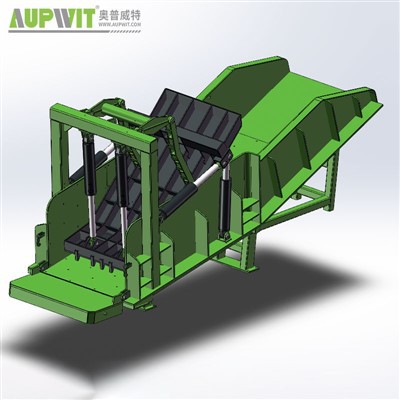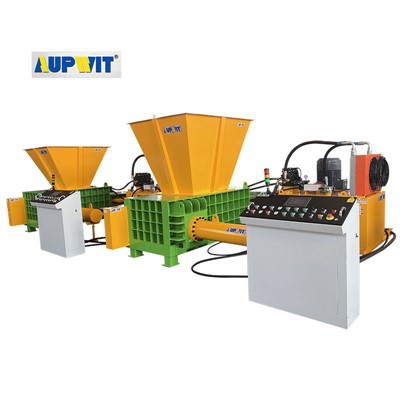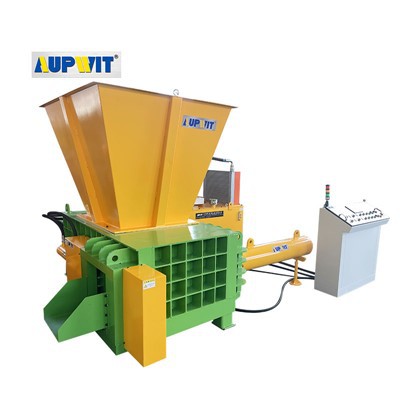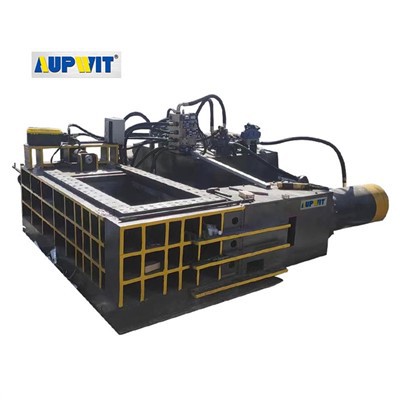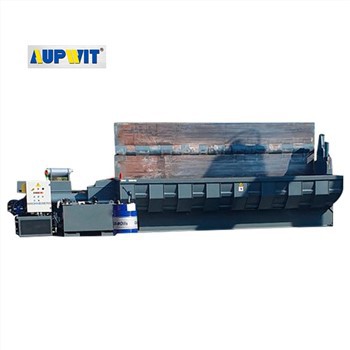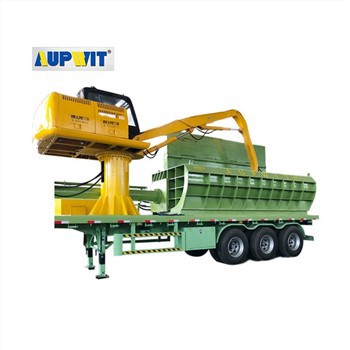Baling Speed in Fully Automatic Horizontal Balers
The baling speed of a fully automatic horizontal baler varies based on multiple factors, including the machine's design, power, and the nature of materials being processed.
Paper and Cardboard Recycling
Generally, in the recycling industry for materials like paper and cardboard, some high-end models can produce 8-10 bales per hour. For instance, certain balers designed for standard-sized paper bales with a capacity of around 1-2 cubic meters might complete a bale in approximately 6-7.5 minutes.
Textile Industry
In the textile industry, where baling fabric scraps is common, balers with a moderate capacity may achieve a baling speed of one bale every 5-10 minutes. This is because fabric materials are relatively lighter and more flexible, allowing for a somewhat quicker compression and binding process compared to denser materials.
Metal Scraps Processing
For balers handling metal scraps, which are heavier and often require more force for compression, the speed can be slower. A typical fully automatic horizontal baler for metal might produce 3-5 bales per hour. This is due to the need for higher hydraulic pressure and longer compression times to ensure the metal scraps are compacted effectively.
Factors Affecting Baling Speed
The baling speed is also influenced by:
- Motor power: Balers equipped with more powerful motors (e.g., 15-30 hp) can generally operate at a faster pace.
- Control systems: Advancements like PLC-based automation can optimize operations, enhancing speed.
- Machine durability: Continuous high-speed operation may increase wear and tear on components.
Proper maintenance and understanding of material characteristics are essential for optimal baling performance.


